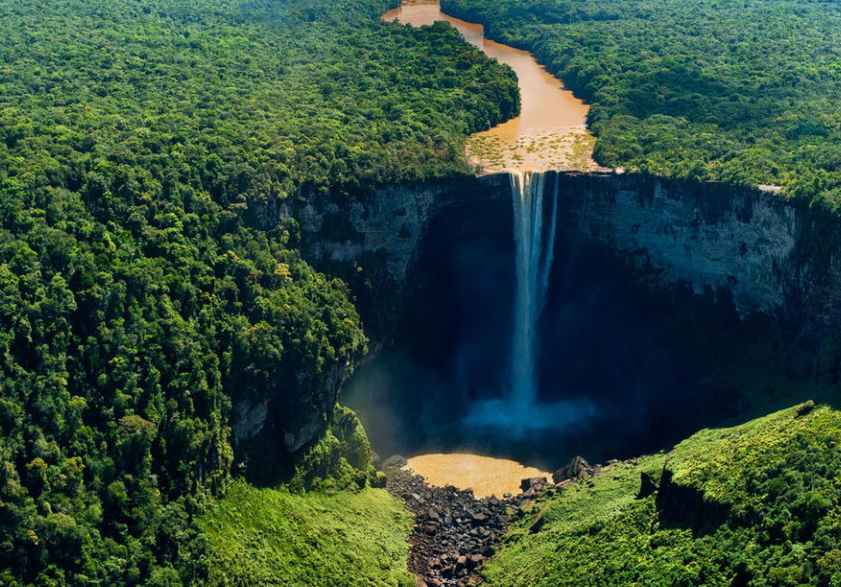
(Ruaha National Park)
Ruaha National Park is a park located 128 km (80 mi) west of Iringa in central Tanzania. Second only in size to the vast Katawi National Park, but easily accessible, Ruaha has plenty of rugged, semi-arid scrub countryside characteristic of central Tanzania.
(Meru volcano)
Mount Meru is a compound volcano in Tanzania, Africa, is an active volcano, 4,566 meters above sea level, is the tenth highest mountain in Africa, the last volcanic eruption occurred about 100 years ago.
(Tarangire National Park)
From Arusha or LakeManyar, drive along a paved road to 7 km (4 mi) from the main entrance; Or continue to the NgorongoroCrater Crater and Serengeti.
(Rubondo Island National Park)
Located in the southwest corner of Lake Victoria, Rubundo is the second largest landlocked alkaline lake in the world, connecting Tanzania, Uganda and Kenya. There are nine small islands in addition to Rubondo, where people protect valuable fish breeding grounds.
(Mikumi National Park)
It is located in the Morogoro district of Tanzania, southwest of the Rufu River, 300 km west of the capital Dar es Salaam in the Uluguru Mountains. It is 750 meters above sea level and covers an area of 1,300 square kilometers. It is one of the top ten national wildlife parks in Tanzania, famous for its many animal varieties, and almost all the animals in Tanzania are preserved. Tanzania officially named it Mikumi National Park in 1964.
(Katawi National Park)
Katawi National Park, southwest Tanzania, east of Lake Tanganyika. Located in the heart of Sitalike, 40 km (25 miles) south of the town of Mpanda.
(Mkomazi National Park)
Mkomazi is located in the eastern part of the Pare Mountains, extending along the curved edge of the semi-arid savanna until it borders Kenya's Tsavo West National Park. Mkomazi National Park is a breeding haven for rhinos and wild dogs. Endangered black rhinos and wild dogs have found refuge in this wildlife reserve, and there are plans to merge with the nearby Umba reserve into a national park to better protect these animals and other species.
In the park, the Mkomazi Rhino Sanctuary is known for saving rhinos, offering visitors a sight and an education. Herds of spindly necked African gazelles with strangely growing heads live in the dry lands of Mkomazi, where no other antelope can survive; African gazelles can even support themselves on their hind legs to pluck tiny leaves from thorny shrubs and trees.
The park takes its name from the Pare tribe's word for "water source", the Umba River on the southeastern border of Mkomazi. The river and other watering holes feed the park's mammals, large and small, including silver-backed jackals, lions, cheetahs, jaguars, kudu, giraffes, bison, elephants and zebras.
Birdwatchers also have the opportunity to see Mkomazi's 450 species of birds, including Lin Dai sang, grassland eagles, parrots, kingfishers and more. As a national park, Mkomazi has the potential to become an attractive protected area, attracting tourists to explore Tanzania's mysterious nature.
(Saadani National Park)
Saadani National Park is the 13th national park in Tanzania.
(Arusha National Park)
Arusha National Park covers an area of 137 square kilometers and is about 40 minutes' drive from Arusha, Tanzania's second largest city. The park is composed of two narrow east and west parts in the terrain, the scenery is extremely beautiful, and the traffic is more convenient, and the travelers are very favored.

